Tournages difficiles en saison des pluies – Histoires Africaines II – Atelier au Cameroun
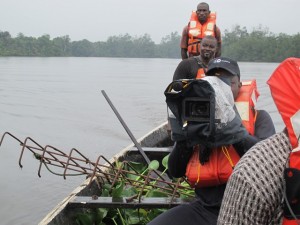 Il pleut à torrents. La pirogue chavire, mais Jérôme Demenou, le cameraman de l’équipe du Cameroun arrive à tenir son équilibre. La camera est bien protégée, mais les vêtements des journalistes sont trempés. Soudain, le cameraman s’arrête: « Je n’entends plus rien », dit-il. A cause de la pluie, le micro a cessé de fonctionner. Nous sommes sur le fleuve Wouri, non loin de Douala, la capitale économique du Cameroun. Les trois reporters préparent un film sur la jacinthe d’eau, une plante dévastatrice qui menace les côtes. Jérôme avance avec précaution dans la pirogue et accroche le micro-cravate au col de l’ancien pêcheur David, notre protagoniste: ‘Ça va, le son est bon’. Ouf, malgré les conditions difficiles, le tournage peut continuer.
Il pleut à torrents. La pirogue chavire, mais Jérôme Demenou, le cameraman de l’équipe du Cameroun arrive à tenir son équilibre. La camera est bien protégée, mais les vêtements des journalistes sont trempés. Soudain, le cameraman s’arrête: « Je n’entends plus rien », dit-il. A cause de la pluie, le micro a cessé de fonctionner. Nous sommes sur le fleuve Wouri, non loin de Douala, la capitale économique du Cameroun. Les trois reporters préparent un film sur la jacinthe d’eau, une plante dévastatrice qui menace les côtes. Jérôme avance avec précaution dans la pirogue et accroche le micro-cravate au col de l’ancien pêcheur David, notre protagoniste: ‘Ça va, le son est bon’. Ouf, malgré les conditions difficiles, le tournage peut continuer.
C’est avec beaucoup d’engagement que quatre équipes venant d’Algérie, du Congo Brazzaville, du Bénin et du Cameroun se sont réunies à Douala pour une formation sur les grands reportages TV, dans le cadre du projet « Histoires Africaines II ». Après deux semaines de travaux intensifs, nous sommes parvenus à achever quatre films de 12 minutes. Les participants ont essayé de nouvelles techniques. Ils ont filmé avec une camera en mouvement, ils ont enregistré des interviews en pleine action.
Et voilà leurs films.
![]() read more
read more
Why you should use graphs or charts in stories
We are big fans of visualizing data and we’ve produced several blog posts exploring trends in data journalism and useful tools such as datawrapper and infogr.am that can help you get started.
But sometimes, in all the hype around investigating huge sets of data, we might forget that visualizing even small amounts of information can be great for your stories.
Crunching numbers and interpreting statistics are a part of the daily grind of journalism. They help us back up a statement or prove something. They also show trends. However, numbers are often confusing or the concepts behind them are difficult to understand, especially when they are written out in a text. This is where graphs or charts can help. This post will give you some quick examples to demonstrate how simple graphs, charts or iconographs can make numbers easier to understand or more interesting for your readers. Then hopefully, you’ll be inspired to create your own!
![]() read more
read more
Journalism under surveillance
Are you using any encryption tools or doing anything to protect your files, email and contacts on your computer or mobile phone?
As we find out more about the internet surveillance activities of the US National Security Agency, it’s clear that journalists and media organisations are among the targets of intelligence gathering agencies.
“Encrypt everything.”
That was one of the take home messages of Hauke Gierow’s talk on journalism and surveillance at this week’s Social Media Week Berlin.
![]() read more
read more
Journalists@Work: Tenzin Rabgye
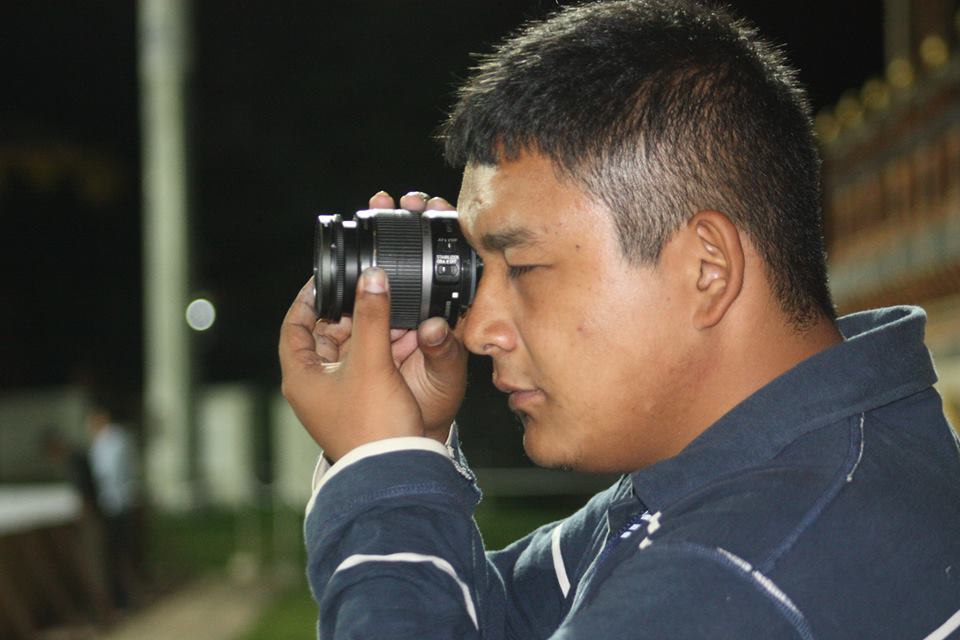 Tenzin Rabgye is a television reporter and news anchor in the tiny mountainous kingdom of Bhutan, which is tucked into the Himalayas between India and China. The 25-year old journalist works for the country’s public broadcaster, Bhutan Broadcasting Service (BBS). Television and the Internet weren’t legalized until 1999 in Bhutan, making it one of the last country’s in the world to do so. Before that, the only media in the country were a state-owned newspaper and BBS radio. Despite this, social media has rapidly grown and now plays a major role in Tenzin’s daily work – In fact, he responded to my Facebook request for an interview within a minute of me messaging to him.
Tenzin Rabgye is a television reporter and news anchor in the tiny mountainous kingdom of Bhutan, which is tucked into the Himalayas between India and China. The 25-year old journalist works for the country’s public broadcaster, Bhutan Broadcasting Service (BBS). Television and the Internet weren’t legalized until 1999 in Bhutan, making it one of the last country’s in the world to do so. Before that, the only media in the country were a state-owned newspaper and BBS radio. Despite this, social media has rapidly grown and now plays a major role in Tenzin’s daily work – In fact, he responded to my Facebook request for an interview within a minute of me messaging to him.
Tenzin works in English and Dzonghka, the main language of Bhutan. He also speaks several dialects as well as Nepali – useful skills when reporting from Bhutan’s numerous remote areas.
![]() read more
read more
Tips for basic audio editing
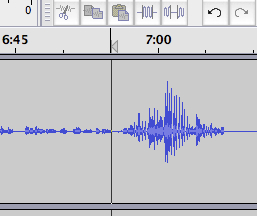 When conducting radio journalism workshops, I’m often surprised to find that some radio journalists – even quite experienced ones – don’t know how to edit audio on a computer. Some radio journalists either do all their interviews live or when they need recorded audio edited, they ask a colleague to do it.
When conducting radio journalism workshops, I’m often surprised to find that some radio journalists – even quite experienced ones – don’t know how to edit audio on a computer. Some radio journalists either do all their interviews live or when they need recorded audio edited, they ask a colleague to do it.
This is surprising not only because digital audio editing is such a useful skill, but also because basic editing is pretty easy to learn. This goes for journalists who don’t always work in radio too.
So for the workshops I’ve developed this step-by-step guide to basic audio editing. The concept should work for whatever editing program you have access to. The exact commands may change from program to program.
![]() read more
read more
What is the future of print journalism?
As more and more newspapers around the world feel the crunch of competition from the Internet, the big question is: what is going to happen to print? DW Akademie invited 11 newspaper managers and editors from countries as diverse as Kenya and Kyrgyzstan to Germany to explore ways of preparing and adapting their papers for a digital future. We asked some of them how they thought print journalism might evolve in the years to come. Here are their answers.

![]() read more
read more
Online Privacy: Best guides to understanding data collection

Following the NSA spying scandal, a growing number of people – including journalists – are becoming concerned about their online privacy. However, many people still don’t understand exactly how government agencies and private companies collect and sell data, how this data is transmitted and how they can make their data more private.
DW Akademie has put together a collection of online resources that help make some of the issues around online data collection easier to understand.
![]() read more
read more
Tools and Apps for Journalists: Infogr.am
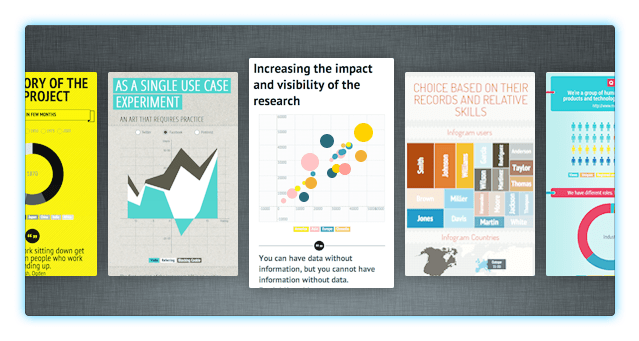
Data visualization has exploded in popularity over the past few years with an ever increasing number of media outlets using visuals as a way of making numbers more interesting and easier to understand.
A corresponding boom in data visualization software has meant it is also becoming incredibly easy to tell stories with data. While there are many sophisticated tools out there, we’re going to introduce you to a free, web-based tool that is a complete cinch for non-designers to use – infogr.am.
![]() read more
read more
African Stories II: Compelling tales of daily life
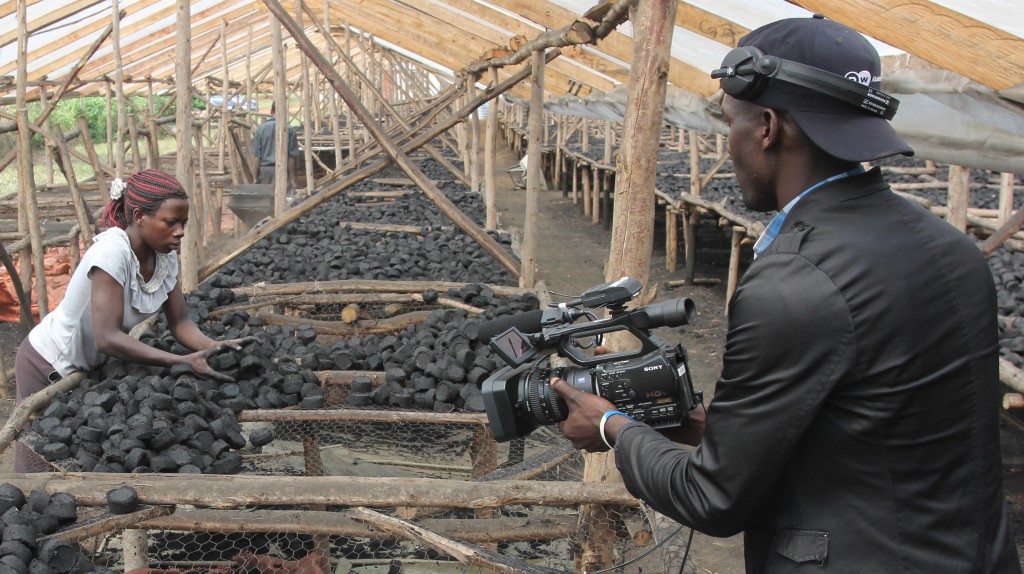 In the latest installment of African Stories, see how garbage is turned into energy, hear about the fight against a devastating banana disease and meet Kampala’s grandfather of electronics as well as an AIDS activist determined to speak out about the disease.
In the latest installment of African Stories, see how garbage is turned into energy, hear about the fight against a devastating banana disease and meet Kampala’s grandfather of electronics as well as an AIDS activist determined to speak out about the disease.
The feature reports were recently produced as part of the 2013 African Stories series of workshops for TV journalists, camera operators, cutters and technicians (scroll to the bottom of the post to see the videos).
TV stations from 16 English and French speaking African countries are taking part in the long-term project to sharpen their skills and at the same time, produce compelling stories about everyday people and everday lives in Africa (you can find out more about the African Stories project here).
In August, TV teams from Nigeria, Kenya, Tanzania and Uganda met in Kampala for an 11-day workshop. This time, the DW Akademie trainers stepped up the challenge by introducing techniques for filming with a moving camera – a skill that needs some practice.
![]() read more
read more
Journalists@Work: Phathizwe-Chief Zulu
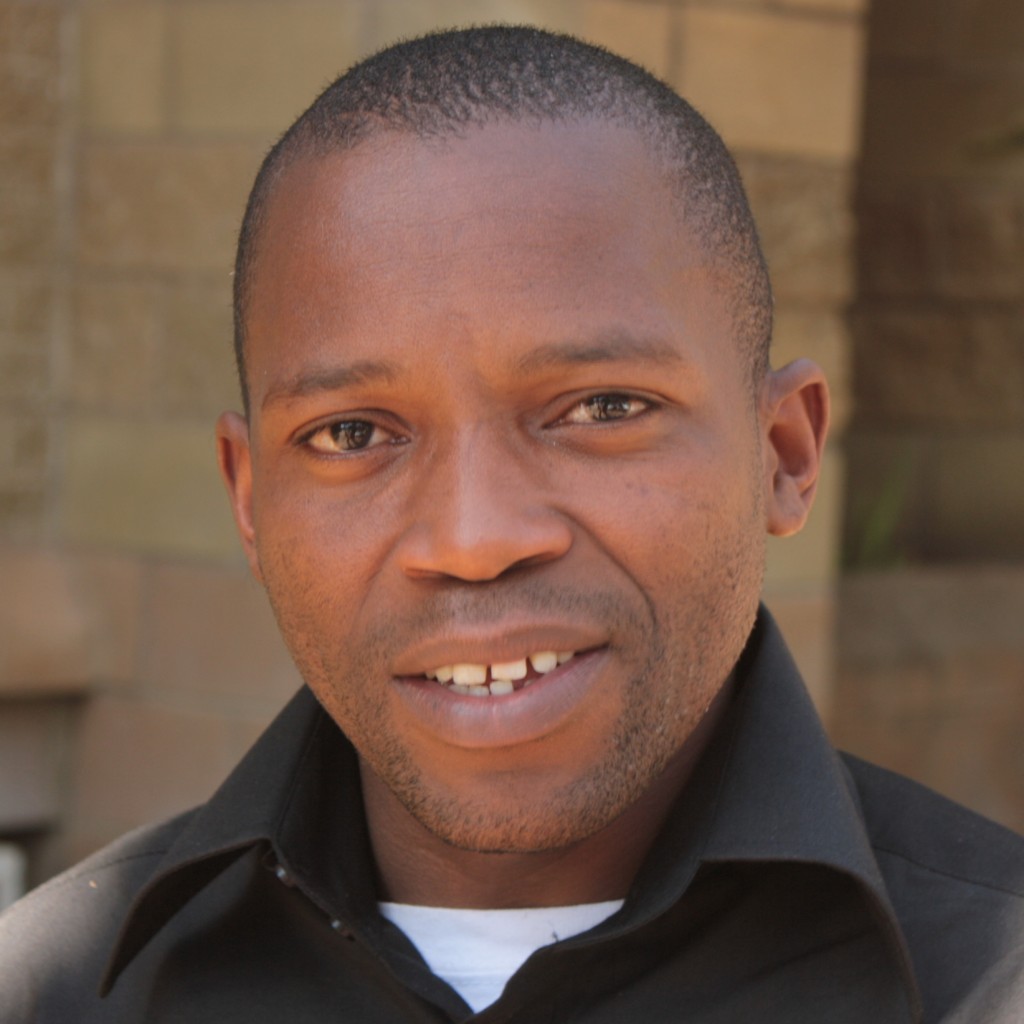 In the next of our Journalists@Work series, we meet Mongezi Chief Zulu, a print journalist in the tiny kingdom of Swaziland in southern Africa. Under the byline Phathizwe-Chief Zulu, he writes developmental, political and economic features for the Nation, a monthly political magazine with a reputation for critical reporting. The thirty eight year old also works for AFP as a stringer, having previously worked for AP for several years.
In the next of our Journalists@Work series, we meet Mongezi Chief Zulu, a print journalist in the tiny kingdom of Swaziland in southern Africa. Under the byline Phathizwe-Chief Zulu, he writes developmental, political and economic features for the Nation, a monthly political magazine with a reputation for critical reporting. The thirty eight year old also works for AFP as a stringer, having previously worked for AP for several years.
Swaziland, sub-Saharan Africa’s last absolute monarchy, has little independent journalism, rating 155 out of 179 countries on Reporters Without Borders’ Press Freedom Index. Broadcast media are heavily censored and most mainstream newspapers engage in intense self-censorship. Zulu is extremely proud of working for one of the few independent voices in his country. DW Akademie’s Kate Hairsine spoke to Zulu about his work.
![]() read more
read more




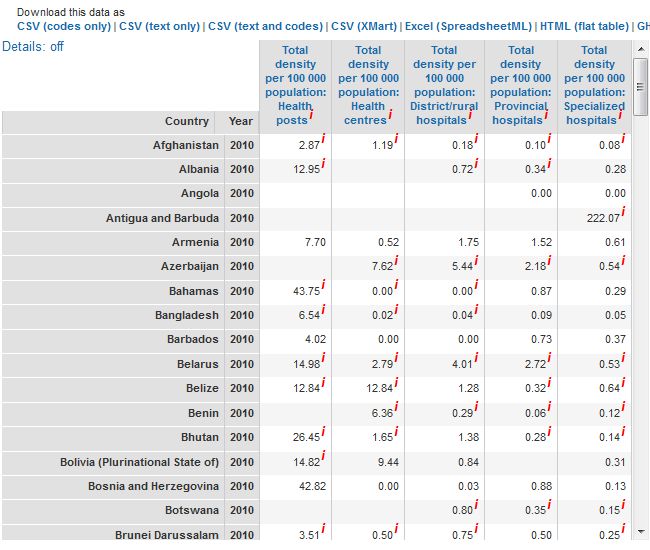





Feedback